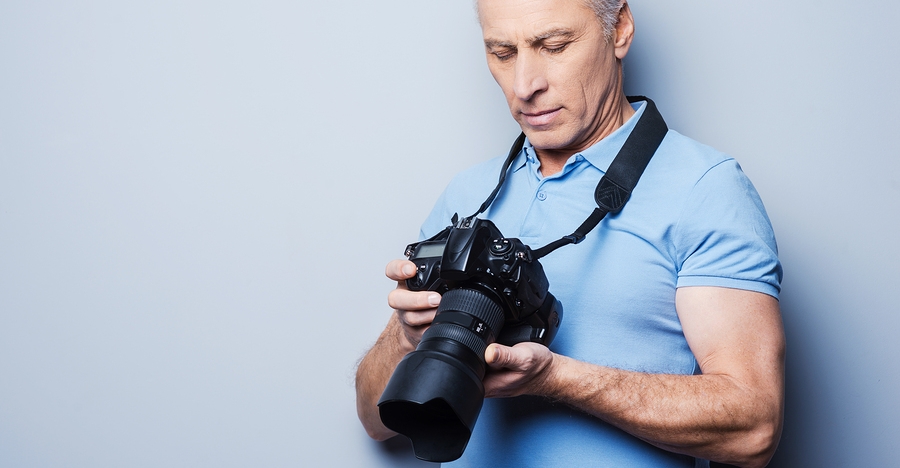If you learn some simple principles you’ll be able to choose the right focal length for your photos every time like a pro. When it comes to shooting with both full frame and crop sensor cameras the mathematics on focal length as well as aperture can tend to be confusing especially if you’re a beginning photographer.
When framing a photograph, it’s not just the focal length that matters. In this tutorial we’ll show you how to choose the optimum angle of view for your scene, as well as explain how to choose the right lenses and the difference between angle of view vs field of view. First up, we answer some of the most common questions about the angle of view in photography…
What is angle of view?
Angle of view is the maximum view a camera is capable of ‘seeing’ through a lens, expressed in degrees. The choice of focal length is obviously key here, with longer lenses having a narrower angle of view than shorter lenses.
For instance, a 200mm lens has an angle of view of 12 degrees, while a 20mm lens offers a wider angle of view of 94 degrees on a full-frame camera.
When it comes to zoom lenses, the angle of view changes according to the focal length the lens is zoomed at.
However, the size of the imaging sensor inside the camera also affects the angle of view.
Why does sensor size matter?
The majority of lenses are designed for full-frame digital SLRs. These are cameras where the sensor is approximately the size of a frame of standard 35mm film.
So, with a full-frame camera, what you see is what you get (well, it is if you use Live View – more on that later).
However, most digital SLRs have a sensor that’s smaller than a full-frame one, and similar in proportion to the old-school APS-C film format.
Sensors this size see a smaller part of the image through the lens, and consequently everything looks bigger in the frame.
So smaller sensors increase the focal length of a lens?
No, the focal length isn’t increased at all – a 50mm lens is a 50mm lens, regardless of the camera it’s attached to.
It’s just the angle of view that gets narrower, so it appears as if you’re using a longer lens.
To work out what this ‘equivalent focal length’ is – the one that would give a similar angle of view on a full-frame camera – you need to multiply the actual focal length by the ‘crop factor’ of the sensor.
This crop factor varies a little between manufacturers: with Canon APS-C cameras, this is a factor of x1.6, and with Nikon DX format cameras, it’s x1.5.
For example, a 35mm lens attached to a Canon 70D gives an equivalent focal length of 56mm (35 x 1.6).
The following video will show you examples of how the crop factor affects your images.
GO TO THE NEXT PAGE FOR THE VIDEO
This article was originally published at Digital Camera World
Source: Digital Camera World

